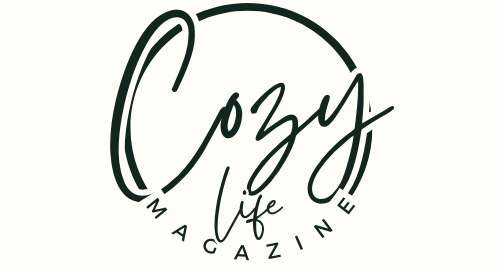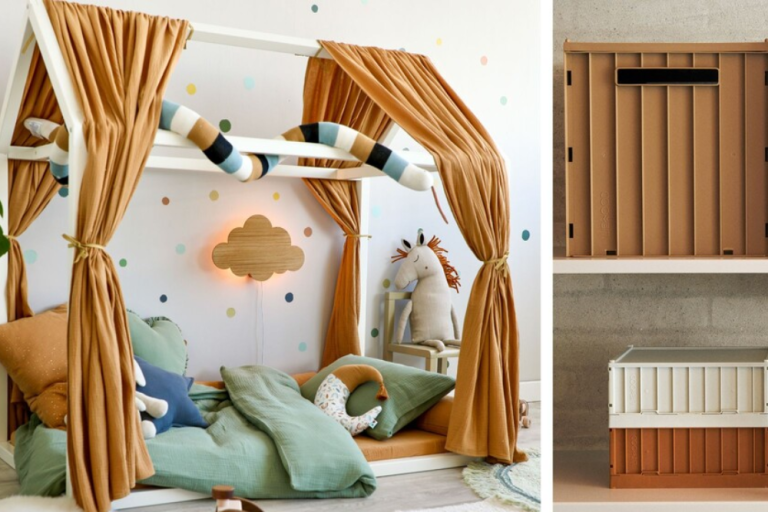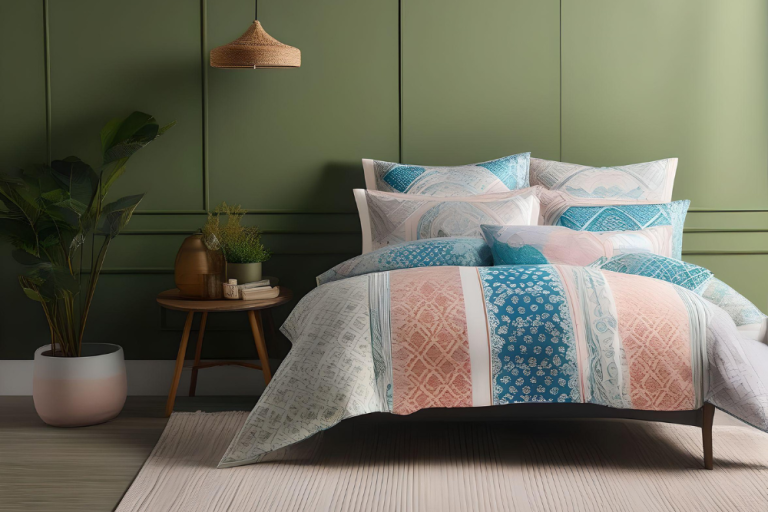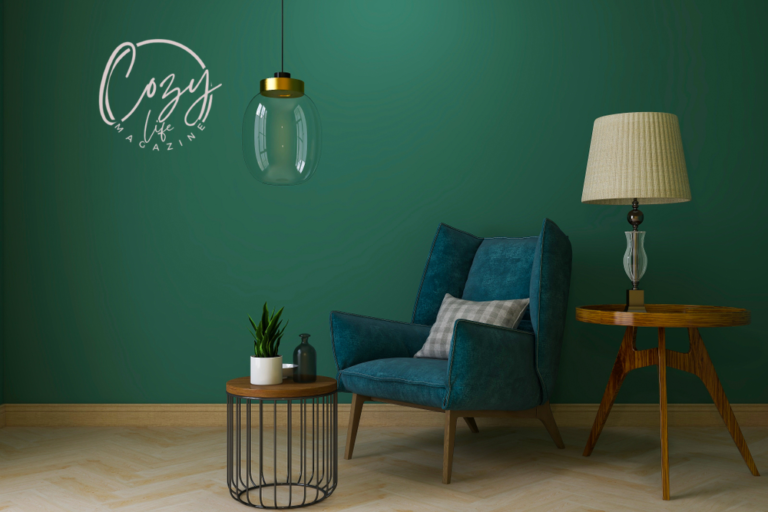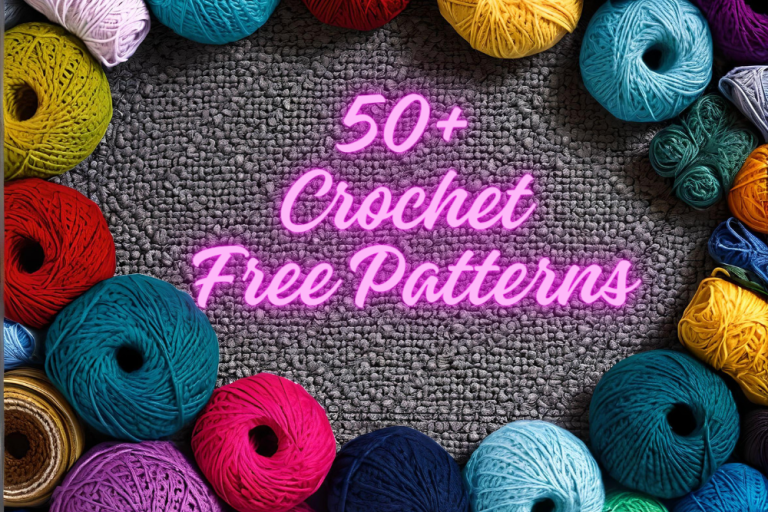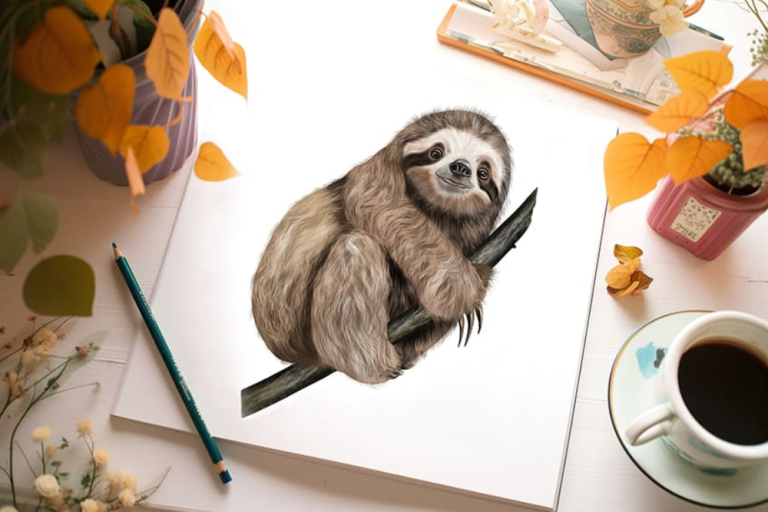Knitting vs. Crocheting: Mastering the Creative Yarn Challenge
Discovering the Age-Old Debate
Knitting and crocheting have been beloved crafts for centuries. Yet, the age-old debate of “Knitting vs. Crocheting” continues to ignite passions among enthusiasts. Both crafts involve interlocking loops of yarn, but they differ significantly in techniques, aesthetics, and applications. In this comprehensive guide, we will embark on a journey to demystify this yarny enigma.
The Origins and History
Knitting and crocheting have rich and diverse histories. Exploring their origins can provide us with valuable insights into their evolution and popularity.
Knitting: The Ancient Art of Interlocking Loops
- Knitting is believed to have originated in the Middle East during the 3rd century.
- The word ‘knit’ itself comes from the Old English word ‘cnyttan,’ which means ‘to knot.’
- Knitting was primarily used for clothing and fabric production.
- It became a prominent craft in Europe during the 14th century.
Crocheting: A More Recent Arrival
- Crocheting, on the other hand, has a more recent origin, tracing back to the early 19th century.
- The term ‘crochet’ is derived from the French word ‘croche,’ which means ‘hook.’
- Crocheting was used for creating intricate lacework.
- It gained popularity in Europe during the 19th century.
The Tools of the Trade
To understand the differences between knitting and crocheting, we must first examine the tools and materials used in each craft.
Knitting Tools
- Knitting needles are typically long and straight, with pointed ends.
- Yarn is wound into a ball, and knitters work with two needles, passing one through loops of the other.
Crocheting Tools
- Crocheting utilizes a single hook-like tool with a curved end.
- Yarn is often wound into a skein or ball, and crocheters use a single hook to create intricate designs.
The Techniques
Knitting and crocheting employ distinct techniques, which impact the texture, drape, and appearance of the final product.
Knitting Techniques
- In knitting, stitches are held on the needle until they are interlocked with others.
- The fabric created by knitting is typically stretchy and has a ‘V’ shaped pattern.
- It is ideal for creating garments, blankets, and structured items.
Crocheting Techniques
- Crocheting involves using a hook to work one stitch at a time.
- The fabric produced is denser and thicker, with a more textured appearance.
- Crocheting is excellent for creating intricate designs, lacework, and amigurumi.
The Versatility of Stitch Patterns
Both knitting and crocheting offer a plethora of stitch patterns to create unique and stunning pieces.

Knitting Stitch Patterns
- Garter stitch, stockinette, and cable knitting are just a few of the many knitting stitch patterns.
- These patterns allow for a wide range of textures and designs.
- Knitters often use charts and written instructions to create intricate patterns.
Crocheting Stitch Patterns
- Crocheting boasts a wide array of stitch patterns, including single crochet, double crochet, and popcorn stitch.
- The versatility of crochet stitch patterns allows for detailed and complex designs.
- Crocheters often work with patterns that utilize abbreviations and symbols for guidance.
The Finished Look: Knitting vs. Crocheting
The final appearance of a project in knitting and crocheting can vary significantly.
Knitting: Elegance and Uniformity
- Knitted items tend to have a more uniform, polished look.
- The ‘right’ and ‘wrong’ sides of the fabric often look quite similar.
- This craft is favored for timeless, elegant pieces.
Crocheting: Texture and Detail
- Crocheted items exhibit a distinct texture and depth.
- The ‘right’ side of the fabric often features intricate details, while the ‘wrong’ side may look less refined.
- Crocheting is celebrated for its intricate lacework and 3D designs.
Speed and Ease of Learning
The ease of learning and speed of completing projects are crucial factors for many crafters.
Knitting: A Steeper Learning Curve
- Knitting may have a steeper learning curve, particularly when mastering various stitches.
- Some knitters find it challenging to correct mistakes, as stitches are interlocked and less forgiving.
Crocheting: Quick to Learn and Correct
- Crocheting is generally considered easier for beginners to grasp.
- Mistakes can be quickly undone and corrected, making it more forgiving for new learners.
Portability and Convenience
The portability and convenience of each craft play a vital role in a crafter’s choice.
Knitting: Portable and Compact
- Knitting projects are relatively portable, with compact needles and a limited number of stitches on the needle.
- Smaller projects can be taken on the go, making it an ideal craft for travel.
Crocheting: Minimal Equipment, Maximum Portability
- Crocheting requires even less equipment and is exceptionally portable.
- The single crochet hook and a ball of yarn can be easily carried anywhere.
Yarn Usage
The quantity and type of yarn used in knitting and crocheting can differ significantly.
Knitting: Conservative Yarn Usage
- Knitting generally uses less yarn for the same project due to its denser fabric.
- This can make it more cost-effective for larger projects.
Crocheting: More Yarn, More Texture
- Crocheting consumes more yarn due to its denser and textured fabric.
- While it may use more yarn, crocheting is excellent for creating cozy, warm items.
Durability and Stretch
The durability and stretchiness of the fabric can be essential factors for specific projects.
Knitting: Durability and Shape Retention
- Knitted items tend to be durable and maintain their shape.
- The stretch in knitted fabric allows for flexibility without losing form.
Crocheting: Stretchy and Flexible
- Crocheted items are typically stretchier and may lose shape over time.
- This stretchiness is perfect for items that need flexibility, like hats and shawls.
Application and Project Selection
The choice between knitting and crocheting often depends on the project and its intended use.
Knitting: Garments and Structured Pieces
- Knitting is ideal for creating garments like sweaters, cardigans, and socks.
- It excels in producing structured items like blankets and scarves.
Crocheting: Intricate Designs and Amigurumi
- Crocheting is perfect for intricate designs, lacework, and doilies.
- It is also the preferred technique for making amigurumi toys.
Knitting vs. Crocheting: The Great Debate: Which One Is Better?

The Verdict
The “Knitting vs. Crocheting” debate is far from over, and the answer ultimately depends on individual preferences and project requirements. While knitting offers elegance, structure, and uniformity, crocheting dazzles with its intricate designs, texture, and versatility.
Whether you’re a knitting enthusiast or a crocheting aficionado, the true winner is the world of crafting, where both techniques have their special place.
FAQs (Frequently Asked Questions)
1. Can I combine knitting and crocheting in a single project?
- Absolutely! Many crafters combine both techniques to create unique and stunning pieces. This fusion of skills opens up endless possibilities for creativity.
2. Which craft is better for making cozy winter accessories?
- Crocheting is an excellent choice for crafting warm winter accessories like hats, scarves, and mittens due to its stretchiness and texture.
3. Is it easy to switch from knitting to crocheting, or vice versa?
- Transitioning from one craft to another may require some adjustment, but it’s entirely possible. Many crafters enjoy the diversity of skills and find it enriching to switch between knitting and crocheting.
